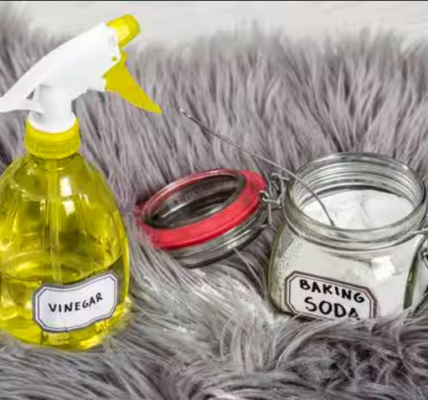Once again, we find ourselves in a situation reminiscent of about a year ago. With a surge in Covid cases across the country, it’s imperative to revisit the importance of maintaining cleanliness in our surroundings and upholding personal hygiene.
While some individuals nationwide have fervently resumed cleaning and disinfecting practices, it is crucial to strike a balance and understand the appropriate extent of these measures. Dr. Sudhir Gore, Head of Trauma and Emergency at Fortis Hospital, Kalyan, emphasizes the efficacy of traditional cleaning methods with soap or detergent and water against COVID-19. There’s a growing body of evidence supporting the notion that regular cleaning with soap and water is generally sufficient to eliminate the virus and prevent infections, mirroring the way we clean our hands.

However, Dr. Gore cautions against the indiscriminate use of disinfectants, which may contain harmful chemicals. Some disinfectants, with quaternary ammonium compounds, can trigger asthma, especially concerning for households with children and elderly individuals. Bleaching agents, too, can cause respiratory, skin, and eye irritations. Dr. Gore recommends using disinfectants containing hydrogen peroxide, alcohol, citric acid, and lactic acid, but advises against using them on food items, clothes, utensils, or without proper protection.
Highlighting that COVID-19 primarily spreads through person-to-person contact rather than surfaces, experts emphasize that effective cleaning removes germs, while disinfecting takes an additional step. However, there’s no need for obsessive cleaning of surfaces. According to a recent CDC report, alternative disinfection methods such as UV radiation, LED blue lights, or sanitizing tunnels lack substantial evidence of effectively killing the virus. Moreover, the misuse of disinfectants without proper ventilation can pose health risks.

Dr. Gore suggests three practical steps for proper cleaning and safety:
1. Use soapy water for thorough surface cleaning.
2. Follow product instructions when using disinfectants to understand their application and effectiveness.
3. When employing harsh chemicals for deep cleaning, wear a mask and protective eye gear, keep the room well-ventilated, and ensure that children and the elderly stay away for at least four days. Open windows and doors during the cleaning process to facilitate proper ventilation.




